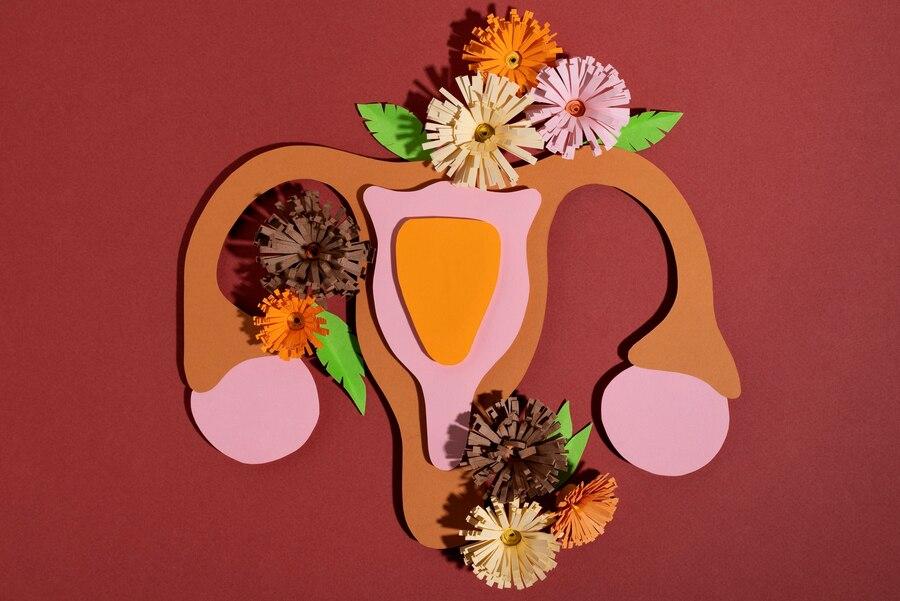In this article, we explore how to transform your menstruation experience from discomfort to comfort by selecting the ideal sanitary pad for your needs. Whether you’re a first-time user or have been relying on pads for years, understanding the different types and features of sanitary pads is key to enhancing your comfort and well-being during your period.
The Importance of Choosing the Right Sanitary Pad
The first step in improving your menstruation experience is understanding the role a sanitary pad plays in maintaining hygiene, comfort, and protection.
Sanitary pads are designed to absorb menstrual blood and prevent leaks, while also providing a sense of security. However, choosing the wrong pad can lead to discomfort, skin irritation, and even leakage.
By selecting a high-quality, suitable sanitary pad, you can ensure that your period remains manageable and comfortable.
Sanitary Pads - Composition and Function
Sanitary pads, also known as menstrual pads or napkins, are designed to absorb menstrual blood during a woman’s period.
They are typically made from layers of absorbent materials, such as cotton, rayon, or a combination of both, and are lined with a waterproof backing to prevent leakage.
Modern pads also often contain synthetic fragrances, chemicals, and plastics to enhance comfort and performance.
Resource-Intensive Production
The production of traditional sanitary pads requires a substantial amount of raw materials, including petroleum-based plastic, cotton, and wood pulp.
The process of growing cotton requires pesticides and large amounts of water, making it unsustainable in the long run.
Furthermore, the petroleum-based plastics used in these pads contribute to the depletion of non-renewable resources and increase the carbon footprint of the manufacturing process.
Non-Biodegradable Materials, Chemical Additives and Synthetic Fragrances
Most conventional sanitary pads are made from a combination of synthetic materials like plastic, rayon, and polyethylene. These materials are not biodegradable, meaning they persist in landfills for hundreds of years after disposal.
In fact, it is estimated that a single sanitary pad can take up to 800 years to decompose, contributing to long-lasting pollution.
Many traditional pads are treated with chemicals, such as dioxins, pesticides, and bleach, which are harmful to both the environment and human health. These chemicals can leach into the soil, potentially affecting water sources and ecosystems.
Additionally, synthetic fragrances added to some pads can release harmful chemicals into the environment when disposed of.
How Heavy flow pads for women play a role in Transforming Menstruation Experience?
Heavy flow pads are typically larger and more absorbent than regular pads, offering greater coverage and protection. The improved design ensures that women experience less discomfort, such as leaks or irritation, which can occur when the flow is heavy. Many pads are made with soft materials, preventing chafing and enhancing overall comfort during extended wear.
One of the biggest challenges during heavy flow days is avoiding leaks, which can cause embarrassment and anxiety.
The Heavy flow pads for women are designed with additional layers of absorbency and leak-proof barriers to ensure that the menstrual flow is quickly absorbed and contained. This feature helps women feel more secure and confident, reducing the stress of potential accidents.
How to Maximize Comfort During Menstruation?
To prevent discomfort and leakage, it’s crucial to position your sanitary pad correctly in your underwear. Place the pad in the center of your underwear, ensuring that it fits securely without shifting.
Make sure the adhesive strips or wings are fully in place to provide extra protection against leaks.
Changing your sanitary pad regularly is essential for maintaining hygiene and comfort. Ideally, you should change your pad every 4-6 hours, depending on your flow.
For a heavy flow, you may need to change your pad more frequently to prevent leaks and ensure maximum absorbency. Don’t wait until your pad is fully saturated, as this can lead to discomfort and irritation.
How Proper Disposal of Disposable Products plays a role?
If you must use disposable sanitary pads, be mindful of how you dispose of them. Avoid flushing pads down the toilet, as they can cause blockages and pollute water systems. Instead, wrap them in biodegradable paper and dispose of them in the trash.
Some brands offer compostable menstrual pads that can be safely disposed of in compost bins, providing a more sustainable waste management option.
Cost-Effectiveness and Accessibility
Despite their advanced features, these new menstrual pads are designed to be cost-effective and accessible to all women.
They are competitively priced and widely available both online and in retail stores, ensuring that women from all walks of life can afford and access high-quality menstrual hygiene products without financial strain.
Conclusion
Transforming your menses experience from discomfort to comfort begins with selecting the right sanitary pad. By considering factors like absorbency, material, size, and fit, you can choose the best option for your needs. Whether you prefer regular pads, overnight pads, or eco-friendly options, the key is to find a product that provides reliable protection, comfort, and security throughout your period.

